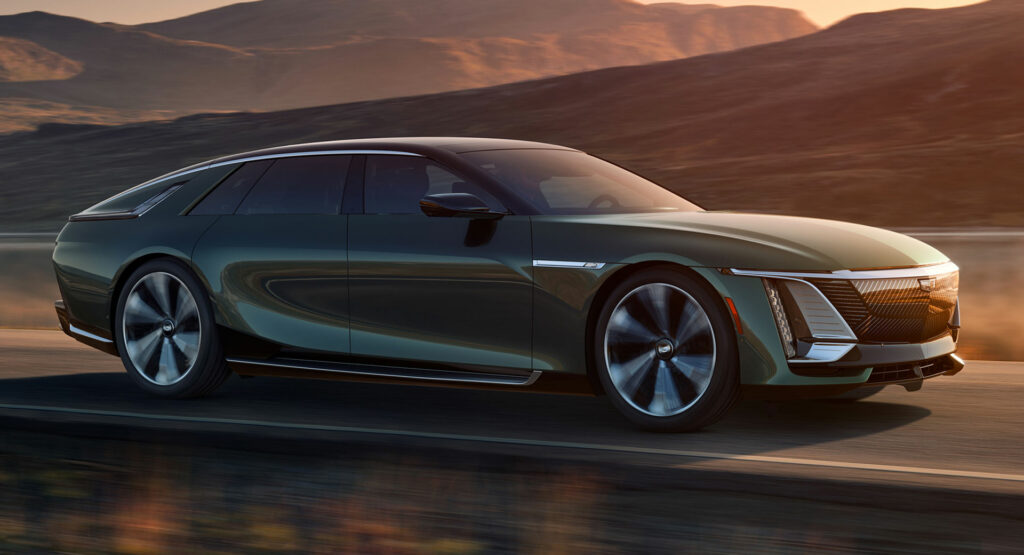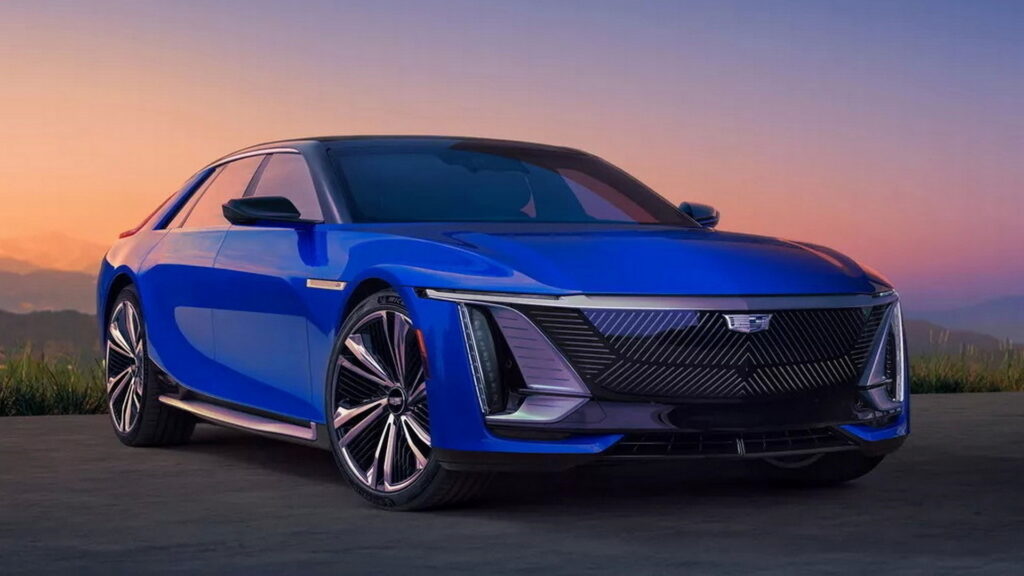Cadillac shed some light on how its new autonomous driving suite, dubbed Ultra Cruise, will work when it debuts on the Celestiq. For now, the package itself seems unique in the market and its chief engineer just highlighted how GM’s approach is different from others. He even made a few comments that can seem to be directly aimed at Tesla.
For all intents and purposes, Ultra Cruise is a step above GM’s already impressive Super Cruise technology. While Super Cruise only works on highways, Ultra Cruise aims to expand to additional roadways. Its Chief Engineer, Jason Ditman, says that it’ll “grow this to where we’re covering nearly every paved road.”
Over the years, Super Cruise has gone from a feature only available on top-end trims and models to being available on more mainstream cars. Ultra Cruise will follow that same pattern but for now, it’s going to debut on the $300,000 Celestiq flagship. According to Ditman, it’s going to come to market with safety at the forefront.
More: Cadillac’s Goddess Returns On The All-New, All-Electric Celestiq

GM says that Ultra Cruise will be able to handle 95% of driving scenarios but that it’ll give control back to the driver for things like roundabouts or parking in one’s driveway. Autonews says that Ditman promised that testing, which isn’t done on public roads, would be done before it’s available to drivers though.
The inference is clear. GM is betting that it’s safer to test privately before it releases software to the public. That flies in the face of Tesla, which openly tests its Beta software with anyone who signs up for (and pays for) Autopilot or Full Self-Driving. In fact, that difference means that the Cadillac Celestiq might not actually arrive to customers with the full version of Ultra Cruise.
“Whatever we have ready to safely deploy at that point in time will be on the car,” he said. “All the hardware will be there.” That hardware includes seven long-range cameras, short-and-long-range radar, lidar, and a camera pointed at the driver to ensure that they’re paying attention to the road. In all, the Celestiq will ship with more than 20 sensors to enable Ultra Cruise.
That again is very different from the vision-based system that Tesla utilizes. Which of these two companies ends up having better software is still up for debate. What’s not is that GM is clearly taking a dramatically different approach to how it deploys autonomous driving technology.





